Tellurium Sputtering Target Description
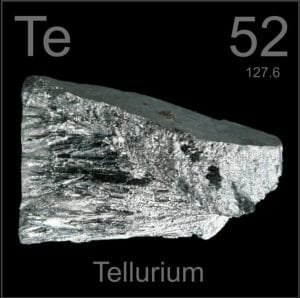
Tellurium Sputtering Target Specification
| Material Type | Tellurium |
| Symbol | Te |
| Color/Appearance | Silvery Lustrous Gray, Semi-Metallic |
| Melting Point | 449 °C |
| Sputter | RF |
| Density | 6.24 g/cm3 |
| Thermal Conductivity | 1.97~3.0W/m.K |
| Type of Bond | Indium, Elastomer |
| Available Sizes | Dia.: 1.0″, 2.0″, 3.0″, 4.0″, 5.0″, 6.0″ Thick: 0.125″, 0.250″ |
Tellurium Sputtering Target Bonding Services
Specialized bonding services for Tellurium Sputtering Targets, including indium and elastomeric bonding techniques, enhance performance and durability. Thin Film Materials (TFM) ensures high-quality solutions that meet industry standards and customer needs.
We also offer custom machining of backing plates, which is essential for sputtering target assembly. This comprehensive approach improves target design flexibility and performance in thin film deposition. Our channels provide detailed information about bonding materials, methods, and services, helping clients make informed decisions.

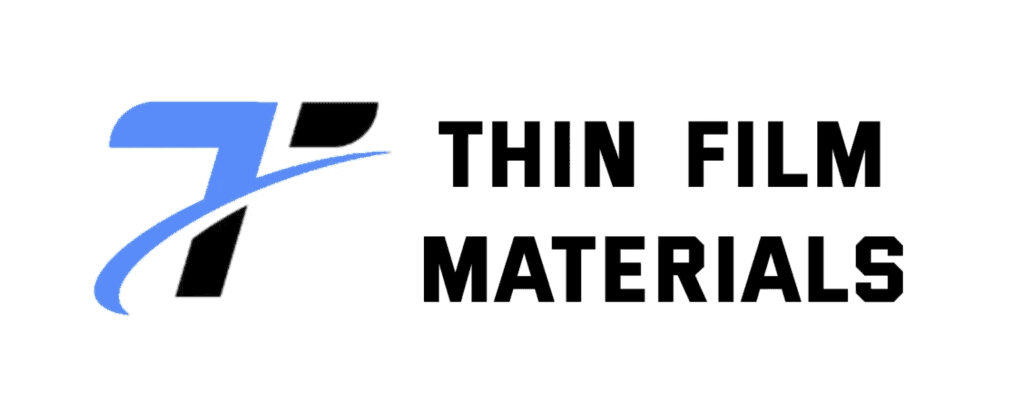
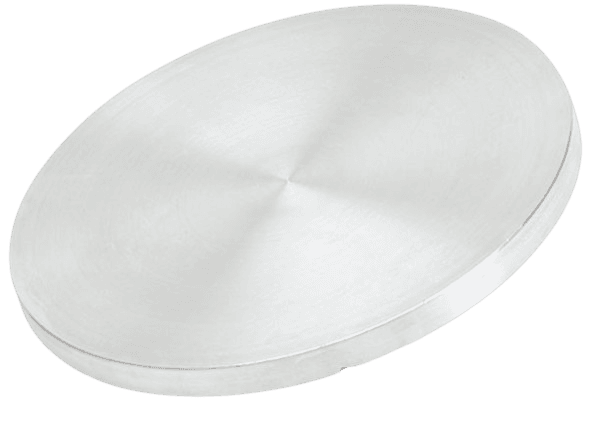
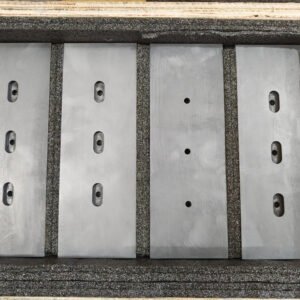
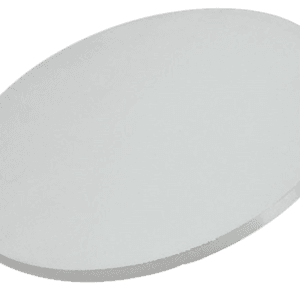

Reviews
There are no reviews yet.